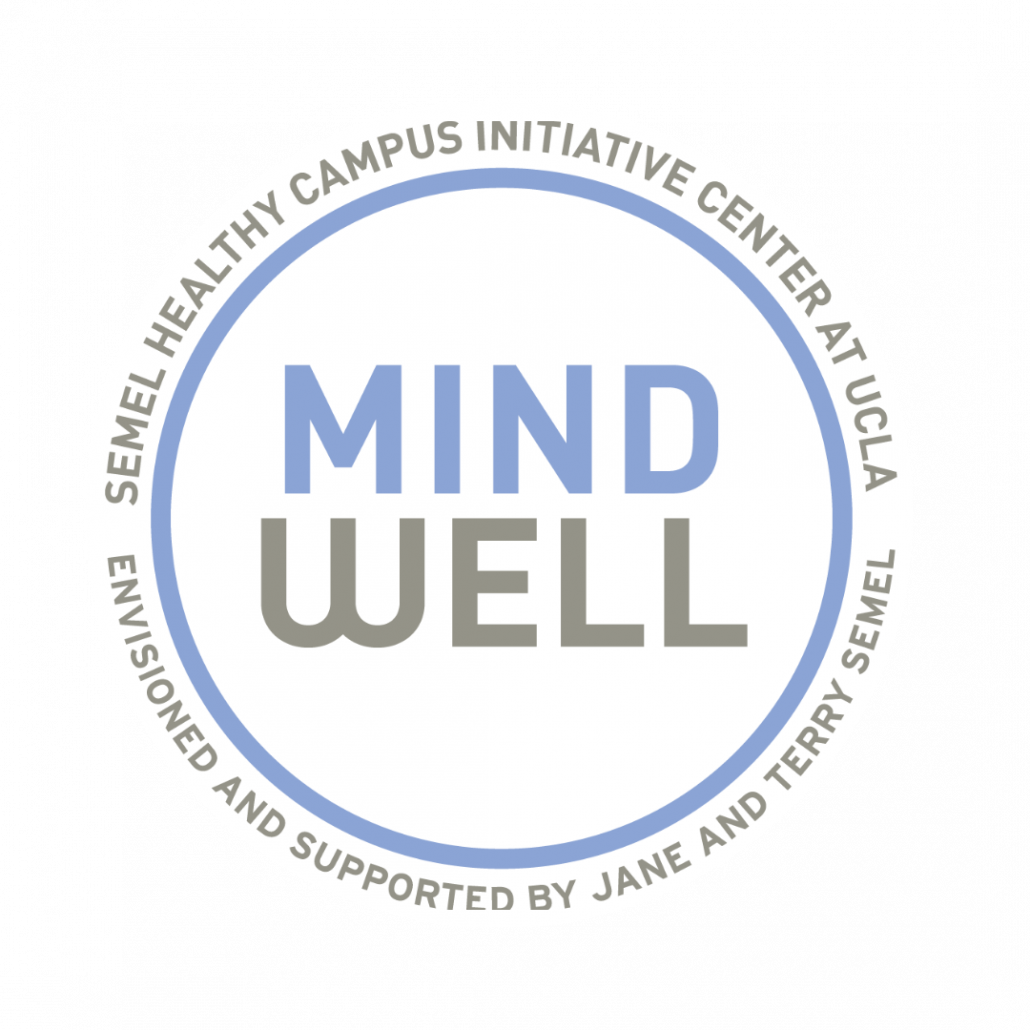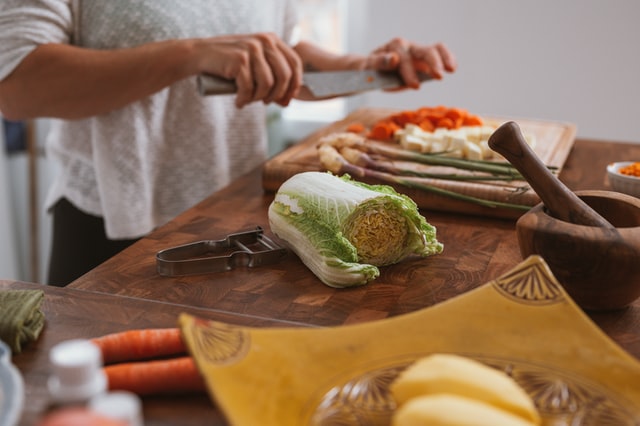Practicing Positive Psychology
In 2020, many of us found ourselves isolated and alone, separated from our loved ones because of a raging pandemic. From having to face a screen for several hours in the day to not being able to hug those closest to us, we can all agree that the last two years have been a stressful and overwhelming experience. Now, vaccines are providing some hope, and as UCLA and universities across the world return to working and learning on campus, we seem to be returning to “normal” in a world that is not quite normal….yet.
What are some of the things that have kept us going? It could be family and friends, baking, gardening or taking time to explore the outdoors. In this article, we break down Positive Psychology – a concept that could be useful for moments like the one we are in.
Positive Psychology
The Positive Psychology Center at the University of Pennsylvania describes positive psychology as the process of finding the traits that can cause people and groups to prosper.

Photo by: Jennie Clavel, Unsplash
What does this mean exactly?
Some researchers such as Peterson and Park (2014) have described it as the exploration of “what makes life worth living” (p. 2). Another piece by Rosemarie Kobau and colleagues including Martin Seligman and Peterson, explains that it is the examination of people’s positive traits and strengths. (Kobau et al. 2011). Furthermore, Gable and Haidt (2005) also emphasize that positive psychology does not mean an ignorance of the stressful and negative parts of life experiences but just an attention to positive experiences. A review of research by Meyers Woerkom and Bakker (2013) and research by Greenawalt and co-authors (2018) examining positive psychology interventions point to its potential for improving well-being.
So how can we practically apply positive psychology?
The Positive Psychology Center at the University of Pennsylvania highlights the PERMA™ Theory of Well-Being as a way to approach positive psychology. PositivePsychology.com, a site that provides knowledge on positive psychology from various experts and professionals, also highlights this model and credits it to Dr. Martin Seligman, referring to it as The PERMA model.
The UPenn Positive Psychology center also credits this model to Dr. Seligman and breaks it down for us to understand. It is important to note that Dr. Seligman is associated with the Positive Psychology Center at the University of Pennsylvania hence we use this source to break down PERMA.
- Positive emotion: The Positive Psychology Center at UPenn explains it as having feelings of positivity about prior events [they highlight practicing gratitude] , current events [they mention enjoying “physical pleasures”] and future occurrences [they list having hope as a strategy]
- Engagement: According to The Positive Psychology Center at UPenn’s explanation, this basically involves putting your all into doing something “challenging”.
- Relationships: The Positive Psychology Center at UPenn highlights the value of our social associations, elucidating on how these can bring us joy, purpose and other feelings that are beneficial for our wellness.
- Meaning: The Positive Psychology Center at UPenn elucidates on the idea of having purpose and living for ideals “bigger than the self.” The center explains that these can be fostered through channels such as work, religion, pursuing issues of social importance, among others.
- Accomplishment: The Positive Psychology Center at UPenn describes this as working towards excellence in something such as work, recreational or leisure activities, for the purpose of excellence and not what one might gain out of it.
Practical activities you can do right now with PERMA
The MindWell Team has found activities that you can engage in to practice some of these steps
Positive emotion:
- Practice Gratitude: From Emmons & McCullough 2003 study on the benefits of gratitude
- Think back over the past week and write down up to five things in your life that you are grateful or thankful for. (Can be the big or small things)
Engagement
- MindMap Activity: This activity is based on an assignment in the course Personal Brain Management by Dr. Robert Bilder and modified for this activity.
-
- Take any project you are currently working on in school or at a job
- Use a MindMap to envision how you plan to address this project
- Create a MindMap including the strategies you hope to use, challenges you encounter, and how you deal with them and any other thing you feel is important
- Adjust this MindMap in real time as you work on the project to completion
- An online program like powerpoint is recommended so that you can adjust your map where necessary
- Feel free to make circles or squares or whatever shapes you like
- Consider the following:
- Are there superordinate categories that can help represent multiple concepts?
- Are there new details that you should add, now that you have laid out the categories?
- Remember to group and similar ideas together
- Click here for a guide from University of Alberta on Mindmaps (you do not need to be an artist – draw in a way that makes you feel comfortable!)
Relationships
- Reach out to a loved one, friend or family member you have not spoken to in at least a month.
- Catch up on the phone or in person (safely)
- After the interaction, write a paragraph (or more) on how you felt after reconnecting.
Meaning
- You may try out the Personal Values Assessment by the Barrett Values Center.
- An activity that leans into the idea of figuring out your ideals.
- It is free and highlighted by PositivePsychology.com
Accomplishment
- Take the Selgman and colleagues’ inventory of character strengths online at https://www.viacharacter.org/survey/account/Register and receive individualized feedback about your top five (“signature”) strengths (Seligman et al., 2005).
- You should then aim to use one of these top strengths in a new and different way every day for one week.
- It can be as simple as committing to doing all your readings, making yourself breakfast, writing in your journal. Whatever it is, track how much you are able to accomplish – for your own satisfaction
Photo by: Conscious Design, Unsplash
Additional Readings and Videos
If you’re curious, here are a few additional readings and videos that shed some more light on Positive Psychology
Positive Psychology in a Pandemic, with Martin Seligman, PhD
The new era of positive psychology | Martin Seligman
A discussion of the PERMA Model and its adjustments from The University of Minnesota
What makes life worth living? with Christopher Peterson
Leona Ofei is the MindWell Pod Graduate Student Researcher and a PhD Student at the Fielding School of Public Health at UCLA. She has an MPH from Boston University and a BS in Biology and Society and Communication from Cornell University. Leona is interested in health communication practice, improving physical and mental health literacy, and hopes to contribute to mental health education on the UCLA Campus.




